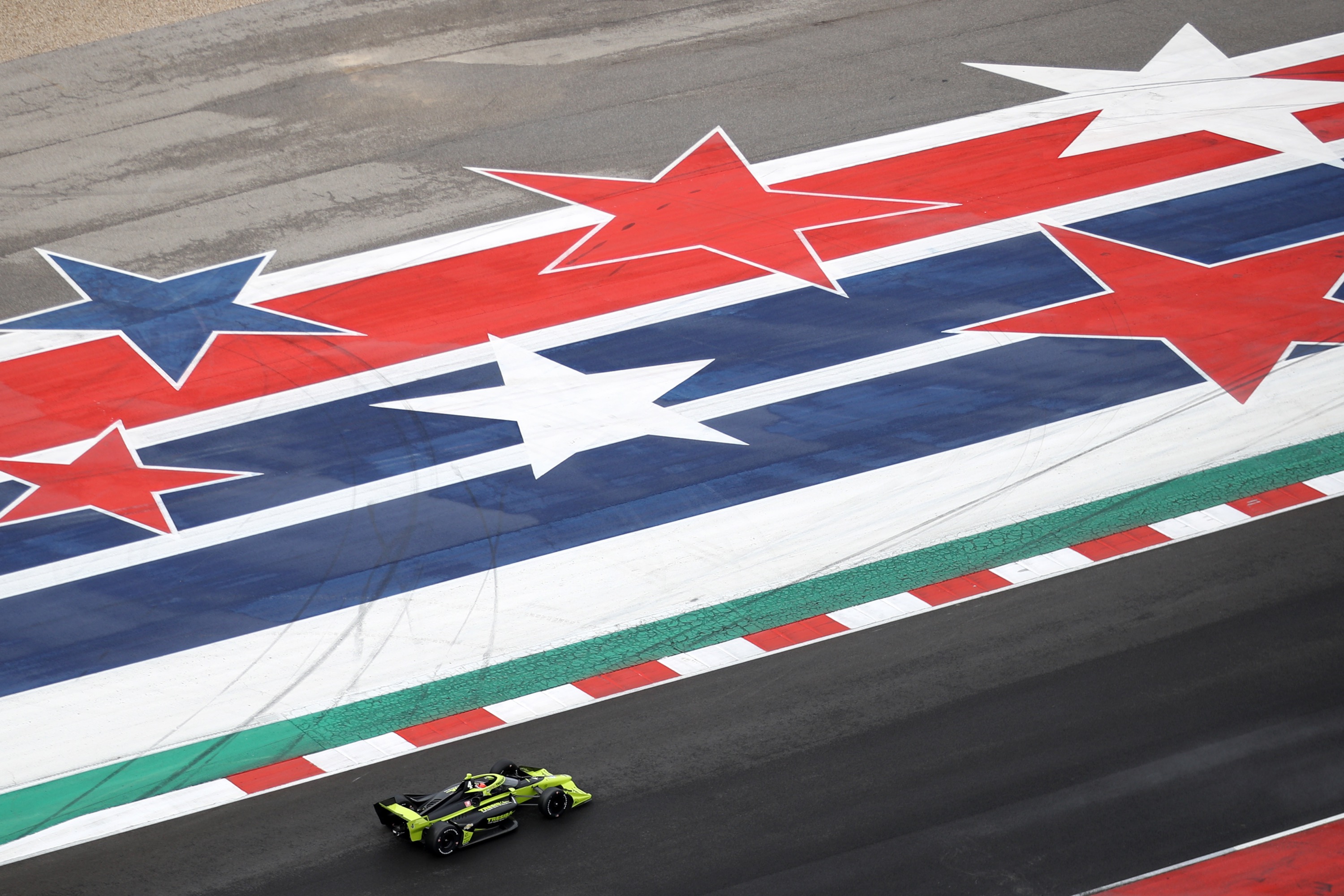Like most of us, 2020 hasn't exactly going to plan for IndyCar driver Charlie Kimball. Here in July, we should already be midway through the season. But the sport only waved the green flag in early June, starting a condensed 14-race season that wraps up—hopefully—in Florida in October. It promises to be hard work for the drivers; with no power steering and high cornering loads, an IndyCar requires more muscles to drive than most race cars.
"The challenge in driving an IndyCar is that, at 200 miles an hour, it produces 5,000 pounds of downforce. I've got 750 horsepower under my right foot, and I have no power steering, no power brake. Plus the adrenaline and the physiological response to competition means that during a race my average heart rate is between 150 and 170 beats per minute," he told Ars when we spoke recently. And don't forget—an IndyCar race can can last well over three hours if we're talking about something like the Indy 500.
The best way to be race-fit is to do a lot of racing, but the extended off-season obviously made that impossible. But Kimball thinks he's better prepared today than he was back in March when the original season-opener was cancelled.
"Honestly, I think I'm in better shape now, or at least as good as I was heading into St. Pete[rsburg, Florida, which was to have held the first race but will now hold the finale instead]" he told Ars. Like many IndyCar drivers, Kimball is based in Indianapolis, and told me that as a statewide stay-at-home order looked likely, his regular training gym started lending out equipment so drivers could train at home. And long bike rides continue but are now static, with virtual team rides organized online.

Being fit enough to race an IndyCar would be a challenge for many, and Kimball has the added complication of having been diagnosed with type 1 diabetes over 12 years ago. In fact he seems to have found a way to turn it to his advantage.
"I think I'm a better athlete because of diabetes because I listen to my body and I train, I feel it. I'm really conscientious about preparing my body. And that means fueling it with the right nutrition, managing my blood glucose numbers, my insulin doses, my hydration levels. My training, as well; my physiology is very different from other drivers. So, being able to customize that training because of my diabetes and understanding the effect it has on my body really allows me to continue to be the best athlete possible," he told me.
That means working with an endocrinologist and an exercise physiologist as part of a fitness regime. "Because it's not the first lap that matters but it's the last lap, being physically able to take advantage of that opportunity to win at the end of the race," he said.
[contf] [contfnew] 
arstechnica
[contfnewc] [contfnewc]







